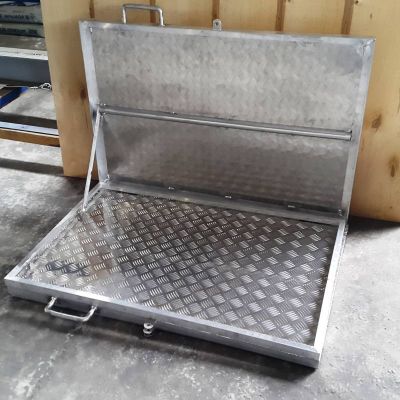
In the food industry, particularly strict requirements are imposed on equipment in contact with raw materials, in particular, pipelines, tanks and shut-off valves installed on them .
These devices must have the following properties:
- chemical inertia, i.e. the ability not to react with raw materials and resistance to aggressive environments. Acid resistance is especially necessary, since a third of all technological processes in the food industry occur in acidic environments;
- the strength and reliability of the connection to avoid leakage and loss of raw materials. The fittings must withstand high pressure and various mechanical loads, high temperatures and their differences;
- easy disassembly and installation for maintenance of the pipeline section (flushing, cleaning, etc.);
simplicity of construction, smooth surface to which particles of raw materials do not stick.
All these qualities are possessed by stainless steel fittings AISI 304, AISI 316 and their domestic analogues 12x18n10t and 08X16N15M3. These are dampers, valves, adapters, plugs, clamps, couplings, taps, hatches, condensate drains, fittings for visual quality control of raw materials and other devices. Preference in the food industry is given to simpler types of fittings in terms of design - disc valves and cranes, on which organic residues accumulate less and which are easier to clean. The high hygienic properties of these types of stainless steel, thanks to which they have found the widest application in the food industry, allowed them to be classified as food.
